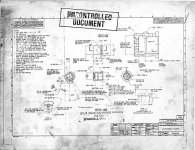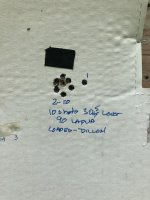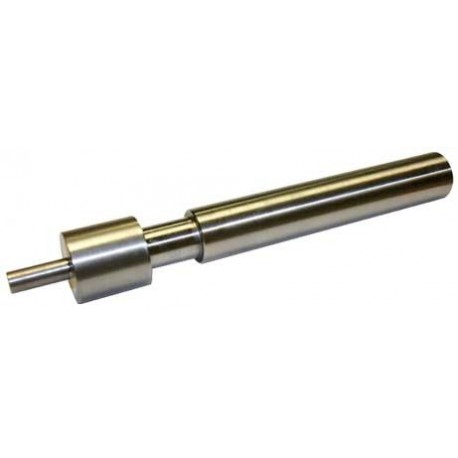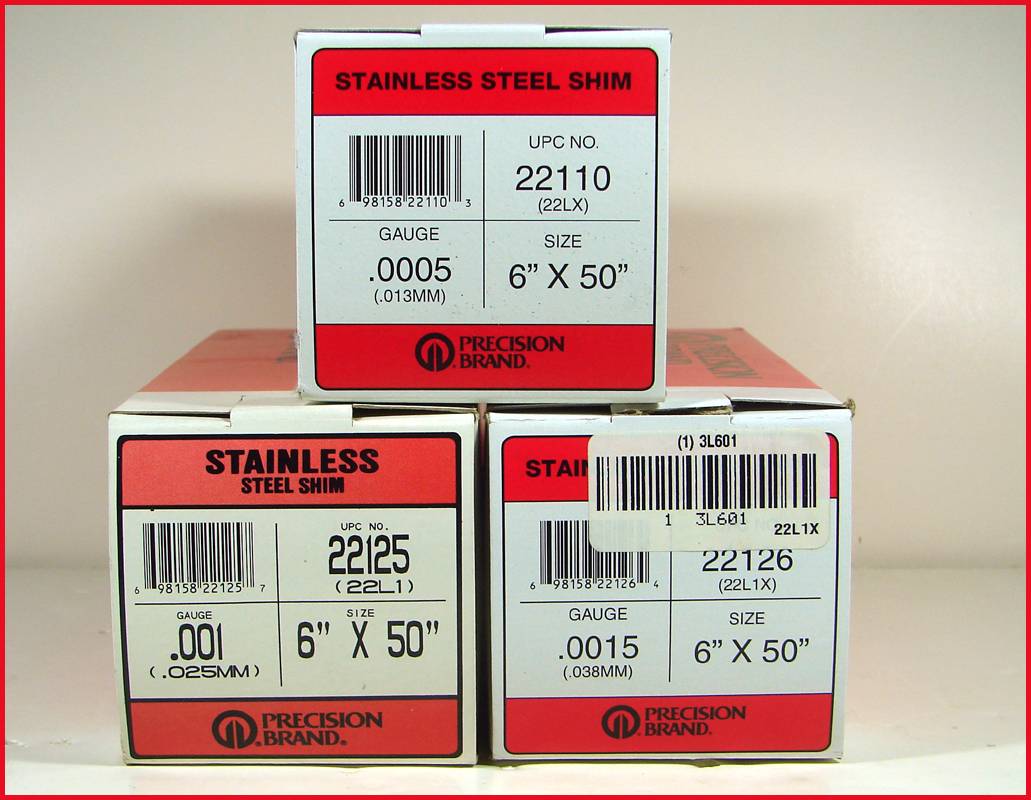My Wheeler lapping tool is about 0.003" below 1.000".
BUT, thats about 6" from the lapping rim. That's not much of an angle.
I use grease on the tool to take up a little space.
The receiver is held vertical in a padded vice and only the weight of the tool, turned back and forth, lifted and turned some more by HAND. Like hand lapping valves in a cylinder head

I use the BCA side charging upper for my prone rifles and lap for a nice even contact.
I think the goal of lapping is to align the extension/barrel with the receive bore, not receiver threads with the barrel.
Although probably pretty close to the same thing, maybe.
Now, my little deviation from shims or glue.
Since the OD/ID difference is usually only one or two thou, I mask and spray high heat rattle can paint on the extension, Just enough to fully cover the metal, 0.002" or so. Let it cure, check with micrometer, then burnish with 800-1000 grit paper.
With a thin coating it would be really hard to NOT get it equal all the way around so the extension will be centered in the receiver.
The goal is for an interference fit that requires placing the barrel in the freezer and the receiver in the oven until too hot to handle (temperature difference of at least 200F)
Put it together with a hand tightened barrel nut and let temperatures settle. The compressive strength of automotive paint might surprise you

If I was really worried about the tool angle in the receiver I could probably even use the spray on shim to bring it up to about 0.999" or so.
A one thou coating would do it.
Oh hell, why not. Might work

Degreased and coated. I'll cook it, polish and Mic it in a day or so.
Sprayed a second time to add just a little more. Cure, polish and measure again.






